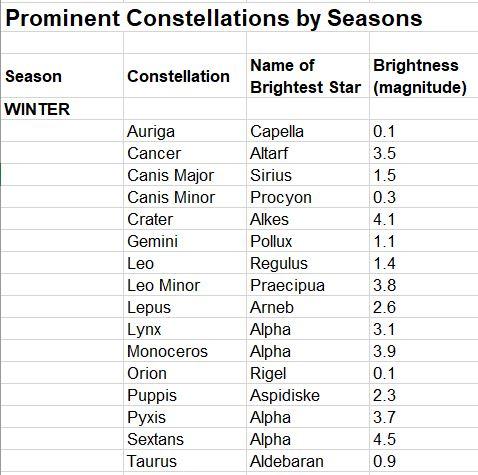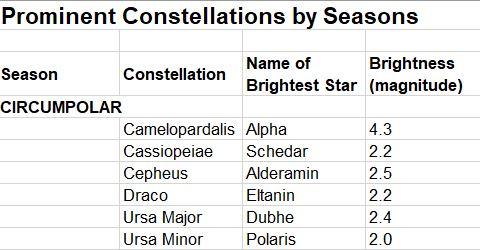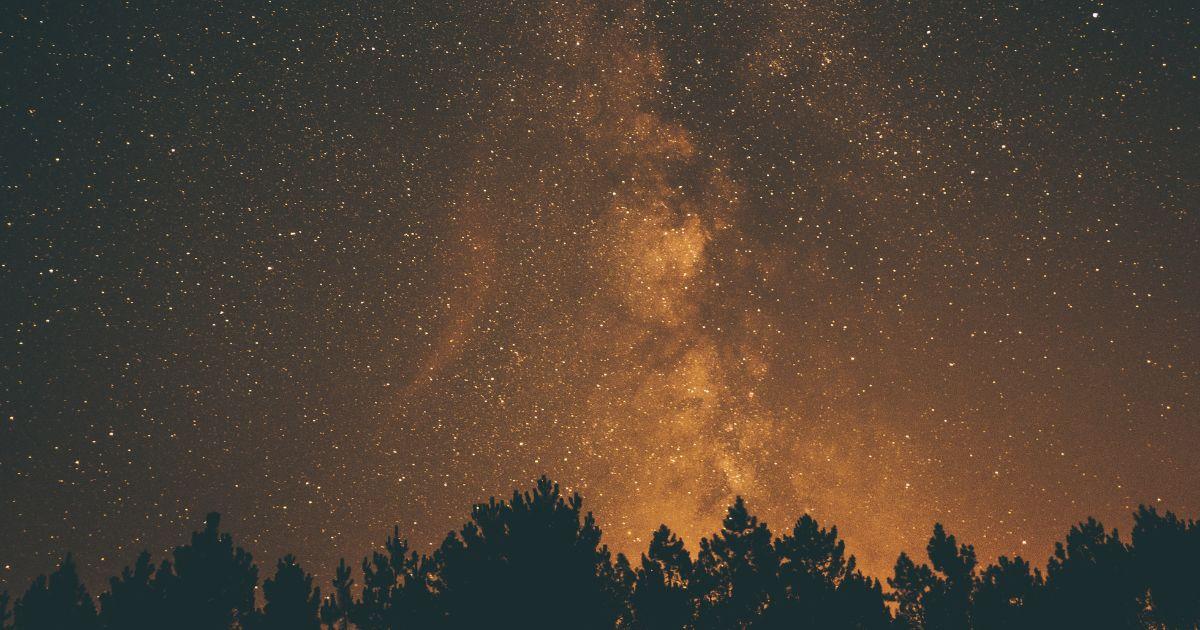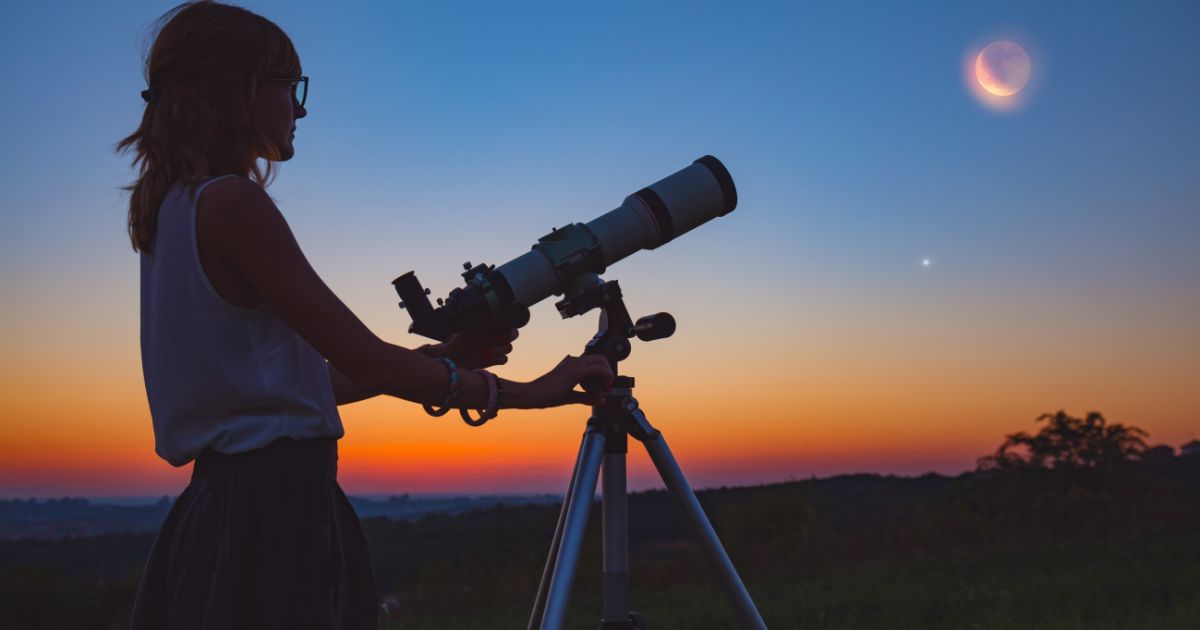The year begins with a number of bright planets and the moon distributed across our evening sky. In early January, Saturn is low in the southwest (you may be lucky to catch Venus below and to its right), followed by Jupiter halfway up the sky in the south. Further to the left (east), we have the waxing (growing) gibbous moon (78% sunlit) and beyond that, Mars is located roughly between the Pleiades and Hyades Star Clusters.
If you have binoculars, take a look at the moon on January 1 and look less than a degree to the right. The brightest “star” in the field of view is the planet Uranus — about 7,160-times farther away (2.86 billion km/400,000 km). That is why it appears as only a point of light. Earlier in the afternoon, the moon passed over the planet — an event called an occultation.
If you miss this on January 1, try again on the 28th. Uranus will be to the left of the moon. An occultation won’t occur, but at midnight the Moon will pass slightly north of the planet.
NOTABLE EVENTS
3 Quadrantids Meteor Shower
6 Full Moon
8 Moon at Apogee
20 Sun enters Capricornus
21 Moon at Perigee
27 New Moon
30 Mercury at western elongation in morning




One of Canada’s foremost writers and educators on astronomical topics, the Almanac has benefited from Robert’s expertise since its inception. Robert is passionate about reducing light pollution and promoting science literacy. He has been an astronomy instructor for our astronauts and he ensures that our section on sunrise and sunset, stargazing, and celestial events is so detailed and extensive it is almost like its own almanac.













